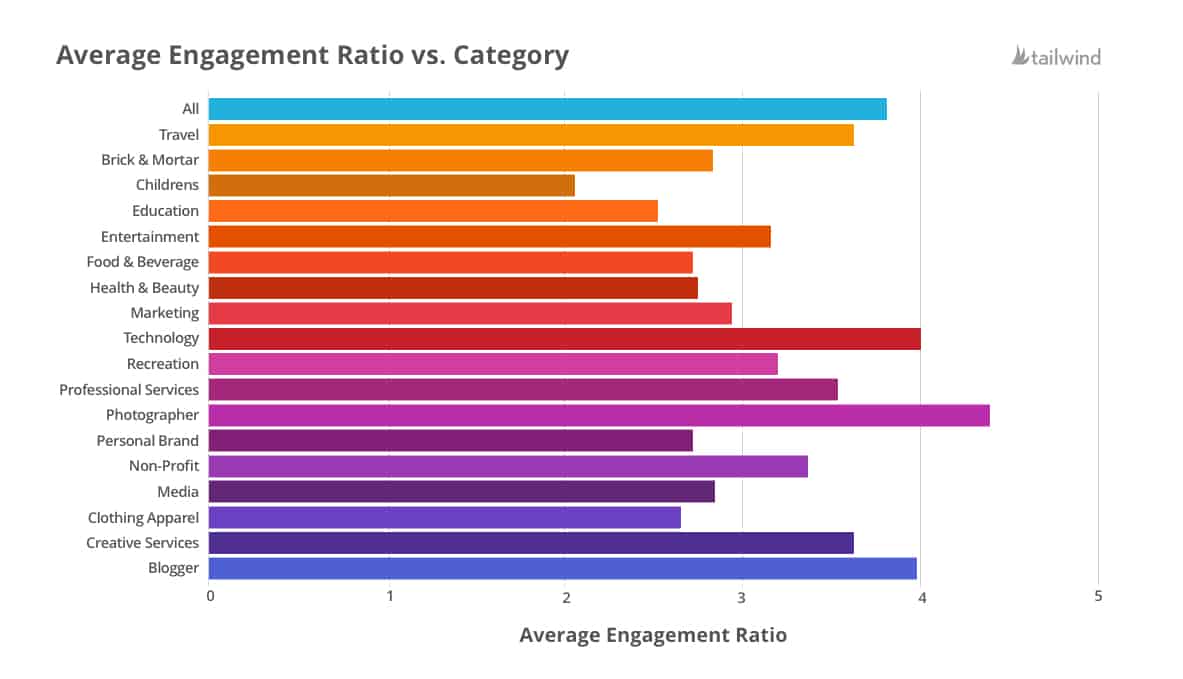This how to become an Instagram influencer post contains affiliate links, meaning that if you choose to click through and make a purchase, I will receive a small commission at no cost to you.
The growth of influencer marketing is driving more and more people to want to learn how to become an Instagram influencer. Now there is some powerful data that hints at what people can do to become more influential on Instagram.
It’s no surprise that influencer marketing is a valuable business opportunity, particularly on Instagram. According to a 2019 Rakuten marketing study, 65% of consumers follow an influencer on Instagram and many of them discover new brands and products via Instagram influencers.
Brands have responded accordingly, dedicating marketing spend to influencer marketing programs. Remarkably, the amount marketers spend on micro-influencers (those with 50,000 or less followers) is not much less than they spend on macro-influencers or super-influencers (think celebrities with mega followers).

If you are currently marketing your services as an influencer, or think you might, you need a reliable way to demonstrate your value as an influencer.
Micro-influencers especially need to be able to prove the value of their accounts to potential clients.
When It Comes to Instagram Data, One Size Does NOT Fit All
With its more than 1 billion monthly active users, Instagram is home to communities of people with vastly different communication patterns. Some categories are big and chatty, others are small (but growing) and have correspondingly less engagement.
Because usage patterns vary on Instagram, one size fits all metrics are less meaningful.

They simply don’t take into account the different interaction styles within the many communities on Instagram.
For example, in its 2020 Instagram Industry Report, Tailwind looked at 1.8 million Instagram posts published between November 2019 and February 2020. The posts were divided into 18 different categories.
While the report focused primarily on the best time to post on Instagram, it also provides a significant amount of data about engagement by category on Instagram.
Consider comments: in the 18 categories Tailwind analyzed, the average number of comments ranged from 4 to 18.8.
Influencers who want to understand and communicate their value well will need industry specific data in order to:
- Understand how influential they are compared to others in their category
- Prove their value to potential clients
- Write realistic pitches
- Retain more clients
Which Category Best Describes Your Niche?
The categories Tailwind used were drawn from the Facebook API, where Instagram logs the categories chosen by Business and Creator account holders when they sign up. The data was supplemented with information from Tailwind’s customer database.
Tailwind looked at the following categories:
- Travel
- Brick and mortar
- Childrens
- Education
- Entertainment
- Food and beverage
- Health and beauty
- Marketing
- Technology
- Recreation
- Professional services
- Photographer
- Personal brand
- Non-profit
- Media
- Clothing and apparel
- Creative services

Benchmarking Data by Category
To get started with your influencer benchmarking, you’ll need to know how many followers you have, as well as the average number of comments and likes your account gets per post.
Here’s how to find your average comments in Instagram Insights.
- Sort your posts by time frame and interaction to show you the number of comments each post has gotten.
- Total those comments.
- Divide by the number of posts to get your average comment rate.
Now, take a look at the data from your category. Here are a couple to get you started.
Travel
Tailwind analyzed 30,367 posts from the travel category.
To rank in the top 25 percent for followers in the travel category, an account needs 10,267 followers or more.
To rank in the top 25 percent for comments or likes, your comment average needs to be four or more and your like average needs to be 121 or more.
To be in the top 50 percent for the category, an account needs 2,365 of more followers, and an average of one or more comments and 42 or more likes.
The data also shows that the best time to post Travel content on Instagram is early in the morning on Saturdays and Sundays.

Media
If you are in the media category, your numbers will need to be much higher to be considered an influencer.
To be in the top 25 percent, your account will need at least 42,966 followers, a comment average of eight, and a like average of 388.
To rank in the top 50 percent, you will need 5,579 followers, two average comments and 71 or more likes per post.
The best time to post Media content if you want to get comments is Tuesday at 8 p.m. EST. Likes on posts in this category are highest on Saturday and Sunday at 8 p.m. EST.

Bloggers
If you are a blogger, you rank in the top 25 percent if you have at 11,492 followers and an average of 13 or more comments and 168 likes per post.
You are in the top 50 percent if you have 2841 followers and an average of three comments and 55 or more likes per post.
Bloggers get more comments on Thursdays and Fridays and with posts that come online at 12 a.m. EST. They also get more likes for posts on Sundays at and for content that comes online at 8 p .m. EST.

Get data for all of the other categories here.
How to Use Instagram Influencer Benchmarks
Of course, there are other types of data that you will want to include as you market yourself as an Influencer, but these specific benchmarks by category can be helpful in several ways.
First, you can use them to determine if your influence is broad enough to be valuable. If you have an account that meets the criteria for the top 25 or 50 percent for your category, you can use this data to begin marketing your services as an influencer.
If you are already marketing your services as an influencer, consider adding benchmarking data to your pitch. The data will help you to demonstrate thought leadership as someone with deep knowledge of your craft. For example, if you include niche-data in your pitch, and a client compares it to a competitor with more generic information, you will clearly stand out as more informed.
Benchmarking data will also help you (and your clients) to be realistic about the results they can expect when they hire you. If you are an influencer in the Travel industry, your results will be more likely to align with the benchmarks for Travel than the benchmarks for the Media category.
Make sure that you pitch your services with this data in mind, and show your clients why your pitch is realistic.
We all know that clients who don’t get what they expect are much more likely to walk away from their influencer partners. We need to think about retaining clients from the beginning of our relationship with them.
Setting expectations realistically in your pitch is a great way to begin your business relationship and it’s one of the most important steps in retaining your clients.
Set Realistic Goals for Growth
If you are growing as an influencer, these benchmarks can also help you to be realistic about your growth.
This free worksheet is a good starting point to document your progress and plan to reach the next level.

Tips on How to Become an Instagram Influencer
In today’s Instagram ecosystem, it’s more difficult to grow your following there. Gone are the days when you could post a few photos, sprinkle a couple of hashtags, slap on a filter, and your following would grow.
Here are a few ideas about how to grow your account now.
Choose a less competitive niche
If you are just getting started on Instagram and want to market yourself as an influencer, consider building your account in one of the less competitive categories.
For example, in the professional services category, it takes just 3850 followers and an average of three comments and 49 likes per post to rank in the top 25 percent for the category.
The bar is even lower to be in the top 50 percent — just 1397 followers and an average of one comment and 21 or more likes per post.
If you can pivot your services to a less competitive category, you will succeed more quickly.
Create Great Content
Remember that people use Instagram “to be inspired and discover things they care about, and that includes content from brands and businesses.”
To engage people on Instagram, you’ll need a plan to translate your brand’s values and value propositions in a visually appealing way.
Err on the side of being fun and inspirational when you post on Instagram. It’s not the place to simply drop links to your content and walk away.
Ann Handley’s IG feed (@annhandley) is a great example of how to consistently provide great content as a marketing influencer.
Don’t forget that great content also includes:
Monitor engagement data and adjust accordingly
Instagram analytics and data from third parties can all help you to understand the dynamics of your specific audience. To succeed as an influencer and grow your account you’ll need to commit to monitoring your account performance AND understanding industry trends.
Following the Instagram business blog is a great first step to do so.
If you’re looking for more advice on how to become an Instagram influencer, check out these blog posts:
This is a post written on behalf of one of my marketing partners. All opinions are 100% mine.
